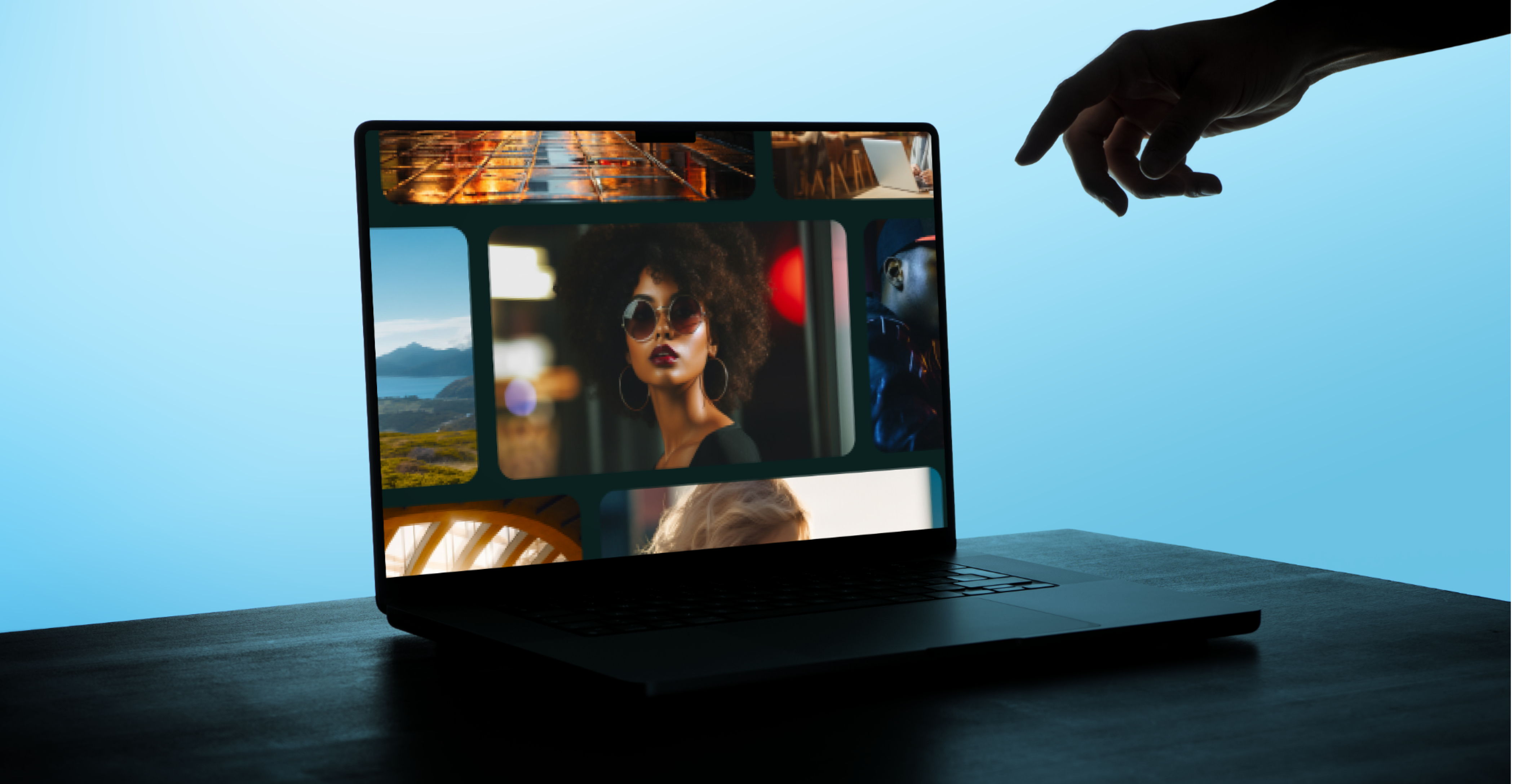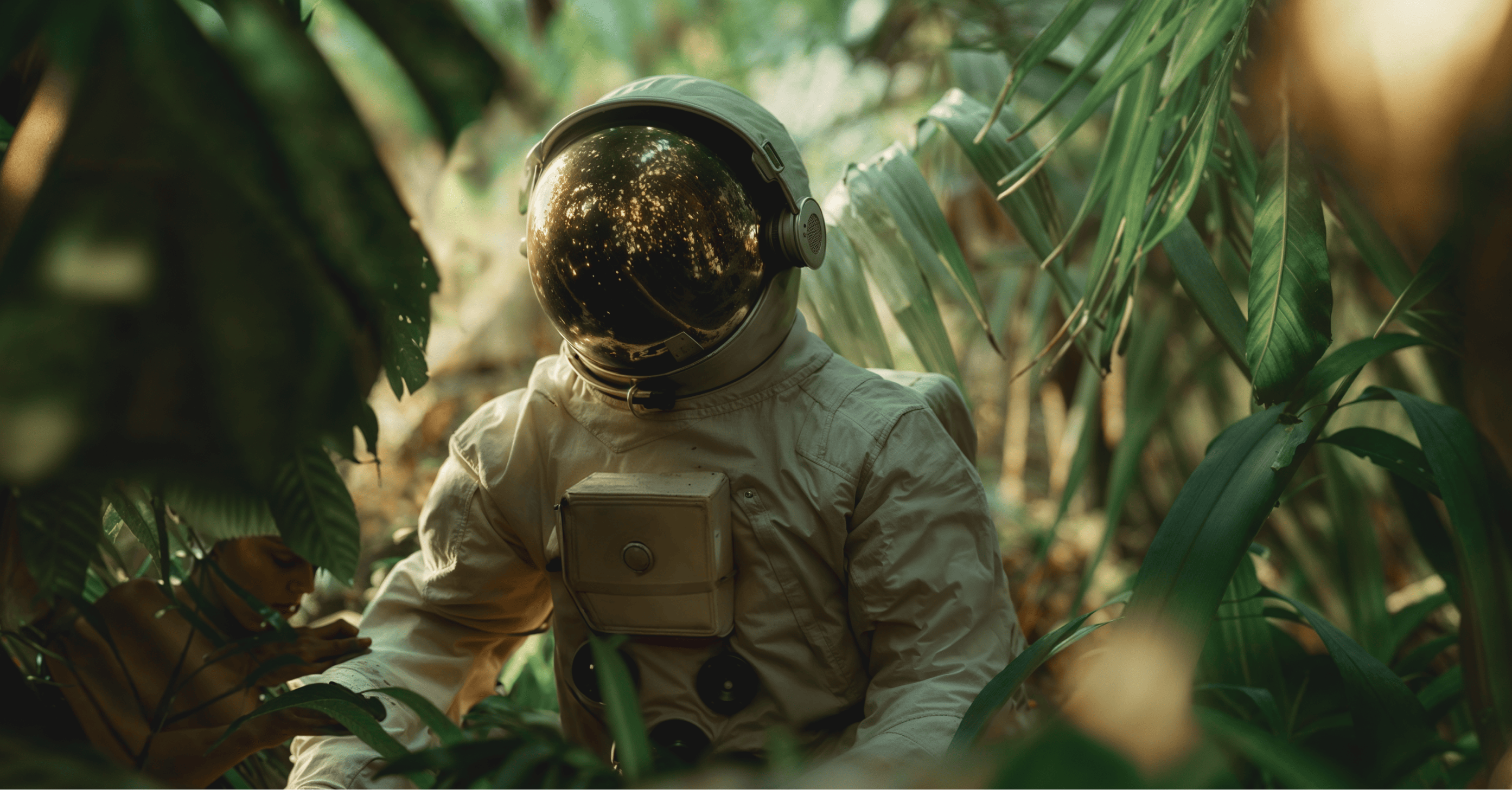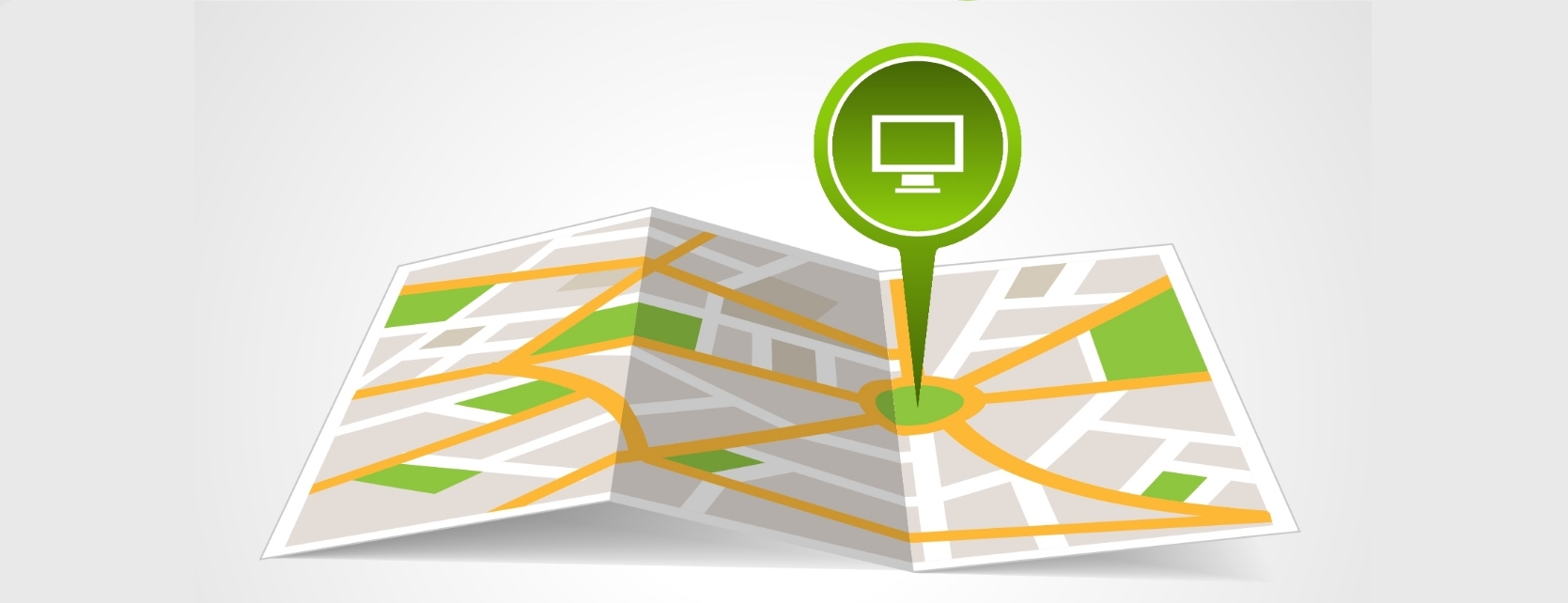
Learn the basics of color theory in part one of our series on color theory, What is Color Theory, and How Do You Use It?. Learn how to use color schemes in part two, A Guide to Schemes & Combinations.
There’s something remarkable about how an item’s color shapes our opinion of the item. A little green on the packaging of a fancy grain leaves the impression of general healthiness, a yellow box of frozen fries says “live a little”. A blue ad for security software speaks trust, while a black ad for a high-end credit card boasts exclusivity.
The world’s best designers are in a perpetual dance with color, and they’re learning new moves all the time. Decades can be marked by the color tendencies of their media, and it’s the restlessness of the world’s doodlers that keeps such changes coming.
While we can’t know what shades and hues will color the decades to come, some accelerating trends and designerly intuition have allowed us to compile a list of likely color use in 2023. For added context, we’ve included a list of popular color use in decades past as well.
What You’ll Learn
Examples of Color Theory in Action
Popular Color Use in 2023
Here are the color trends we’ll likely be seeing more of in 2023.
Earthy Tones
Source: Deposit Photos
After a few years indoors and screen-bound, it’s not surprising that we’re happy to plant our faces in some dirt (“touch grass”, as it were). 2023 should see a return to the earthy tones of years past.
Kitsch
Source: Henry Mantecas
Kitsch gets a bad rep, but clearly not bad enough: The combination of cheerful blues, pinks and yellows has taken on a millennial spin, and, if we’re being frank, it’s pretty cute.
Viva Magenta
Source: Pantone
Pantone, the residing gods of color, have chosen this reddened shade as their Color of the Year for 2023. In their own words: “...brave and fearless, a pulsating color whose exuberance promotes a joyous and optimistic celebration, writing a new narrative.” We’re curious to see where Viva Magenta takes us.
Sci-Fi
Source: Alex Shuper
Sci-Fi imagery and colors have a place in every nerd’s heart, and most designers are nerds. We’d love to say “sci-fi is coming back, big”, but in truth, it never completely leaves. The big change this time around is a darkening—a grittiness that looks like Tron as directed by Christopher Nolan.
Acidic
Source: Mike Hughes
Remember Sour Skittles? Remember how you couldn’t stop eating them, even when they physically scraped your palate sore? The visual equivalent of that is acid graphics: an insistence on the most blinding combinations imaginable, but executed in a manner that makes it hard to look away. The pain is part of the rush.
Mediterranean
Source: Natasha Madeiski
Every color scheme has the capacity to remind you of a different (perhaps imaginary) world, but Mediterranean colors send your mind across oceans and lesser vacation destinations in a moment. The gentle browns and oranges offer a sense of relaxation that Westerners tend to associate with an evening in Tuscany. Maybe that’s to be expected after a two-year travel break.
Color Use by Decade
Time and place have a way of informing the color climate every passing year. We’ve set aside a few colorful decades for your examination below.
Pastels in the 50s
Source: AdBranch
The 50s were marked by chalky-looking pastels meant to convey joy (though it all looks a little repressed now). Coming out of a horrific war, it was the best we could do.
Popular colors: light pink, mint green, turquoise, pale yellow and blue.
Psychedelia & Mod Motifs in the 60s
Source: Patika Kitabevi
The radical changes taking place in the 60s emerged in the decade’s aesthetic, as well as amidst stoner-y music festivals and bell-bottom jeans.
Popular colors: light and mustard yellow, fuchsia and various pinks, orange tones, wood-like tones and neons.
Mostly Primary Colors in the 70s
Source: Scott Beale
Colors started to “pop” around the 70s with the accessibility of color-screen technology. The primary colors whose hues had marked many previous decades were still in fashion, though.
Popular colors: Red, yellow and blue for primaries. Beige, rust, avocado, harvest gold, mustard yellow and earthy brown for others.
A Digital Rainbow in the 80s
Source: Me TV
When digital technology started becoming accessible to the middle class in the 80s, the “cool parent” would’ve succumbed to a flashy Panasonic ad wiggled in front of them before Christmas.
Popular colors: Neons, bright yellow, bright orange, light green and pink.
Noisy or Moody in the 90
Source: TV Over Mind
For all our memories of flat-top haircuts and blinding neon tees, the 90s was a confusing time visually. The increasing accessibility of tech made advertisers want to flood the market with punctuating colors, but the rise of grunge and counterculture begged to differ: take those same colors and mute them.
Popular colors: Either muted or vibrant versions of blue, green, orange, pink and yellow depending on the medium.
The Rainbow Continues in the 2000s
Source: Apple
The 2000s could easily be categorized as “like the 90s, but less dreary”. Or, perhaps, “like the 90s, but with Nelly”. Grunge’s muted colors went away, and consumer goods companies cashed in big on teenage (and teenage-adjacent) markets by saturating the market with bright colors.
Popular colors: Most colors in the rainbow, but amplified in ways we’d consider tacky (for now). Fun fact—Pantone named Cerulean Blue the “color of the millennium” in 2000.
Minimalism and The Dampened Rainbow in the 2010s
Source: Dunkin' Donuts
We seem to have had enough of the garish palettes of our sibling decades in the 2010s. We kept our “rainbow” leanings, but moderated our use of brightness and contrast. We also tried doing more with less—in a visually overstimulating era, being clever with fewer colors helped distinguish you from the noise.
Popular colors: “Millennial pink” (or “rose gold”), bright green, various blues, light grey and deep reds.
You may be noticing a pattern in the last three decades:
Our color palette has expanded, and seems to be staying that way. There are many pet theories as to why, but the soundest suggests that the turn of digital technology—specifically the ability to produce color on screens in the late 70s—opened the proverbial floodgates for what we could depict in popular media.
Or maybe we all just got bored of our parents’ wood-paneled basements and mute blue carpeting.
Examples of Color Theory in Action
When color theory and color schemes are in the hands of skilled creators, beautiful work happens. These forward-thinking folks partnered with the color geniuses at Superside to take their brand to the next level.
Pink & red (and a bit of orange):
Source: Superside
Blue, green & white:
Source: Superside
Yellow & pink:
Source: Superside
Trends with Color in 2023
If you’ve been following parts one and two of our color theory series, you know the dire importance of putting your brand in the hands of those well-versed on the subject. Knowing color theory’s tenets and trends isn’t enough on its own. It takes years of experience; of applying the rules, bending the rules and tactically breaking them to make a meaningful impact with your brand.
For many ambitious brands, making a splash with color means partnering with dedicated design teams. Most in-house design teams don’t have the capacity to take on the work that’s needed to scale businesses in the coming years—they’re inundated with marketing requests of their own. Putting color in the hands of a high-performing design partner is a smart bet in 2023.












